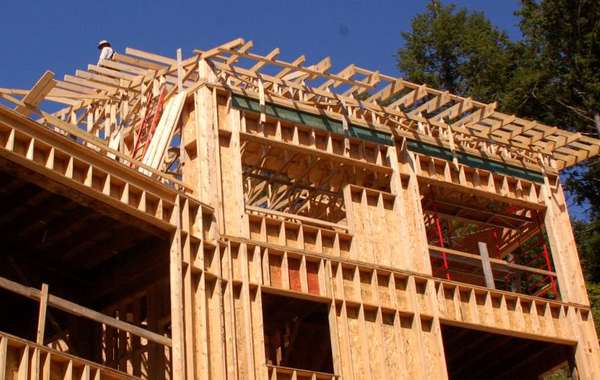Does using T & G wood plank instead of drywall affect where we put the vapor & air barrier?
We want to use fir T and G for our interior walls instead of drywall (new build with plywood exterior sheathing and Tyvek - which will eventually have cedar shingles). What's the best thing to use for air and vapour barriers and where should we put them in the wall assembly so they work best?
























Hi Sue,
Great question, and the short answer is no, wood panels would not change the placement of the vapour barrier in the wall assembly. But why leave a short answer when you can get all wordy about something?
Alternatives to drywall like tongue and groove wood or interior plywood walls will not make any difference to the ideal location of the vapour barrier (or ‘vapor’ barrier depending on your country) since there is little to no change to the R Value from drywall to wood. And further to that, wood can act as an air and vapor barrier in some cases, particularly if it has a finish on it, so plywood with a finishing coat of veneer would likely be quite impermeable as a vapour barrier as well, but since it would be sandwiched together with a normal 6 mil poly vapour barrier that's not a problem.
The most important thing is to make sure you still have a proper air barrier. I won't go to far off on a tangent but please see this page about WRBs (weather resisistent barriers) as air barriers, because you could go with an exterior air barrier (see our exterior peel and stick membrane installation video), or you can use the standard 6 mil poly interior vapour barrier as an air barrier. Keep in mind that poly vapor barriers in homes with air condition are a problem in some locations, what climate zone or city are you in?
We also have this page on wood as an alternative to drywall for ceilings that may be of interest for figuring cost as well as some design options.
Hi Mike
Thanks so much for all this information. We live in southern Vancouver Island. We definitely want to avoid using 6 mil poly anywhere in our home. We are wondering if vapour barrier paint would be acceptable to the local building inspector (just trying to do research before we approach him) but would want a paint that is not toxic. We will also be doing T and G for the ceiling and ultimately it will be painted to better show off the ridge beam and half scissor trusses but we read in one of your links that vapour barrier paint is more applicable for walls so not sure what to do for the ceiling (roof is metal). Any other thoughts you have are greatly appreciated.
6 mil poly barriers are actually not as a big a problem with ceilings, the vapor drive isn't quite as problematic as with walls. In the Edelweiss Demo House we used vapour barrier paint on the walls but we used poly on the ceiling. As for your building inspector, that could go either way, so if you want to try vapour barrier paint (or vapour retarder primer) check with an inspector ahead of time. As for the toxicity, We used Benjamin Moore vapor barrier paint which was low VOC but not Zero VOC unfortunatetly.
The honest answer is that from a scientific point of view, painted wood will actually act as a vapour barrier, meaning vapour will move through it so slowly that it would qualify as a vapour barrier, but it is highly unlikely youll find a building inspector to accept that for new home construction. And I say that with the caveat that you should not even consider that if you don't have a proper air barrier in some other form. Be sure to read this page about the difference between Air Barriers and Vapour Barriers as they are often combined in one product but perform completely different tasks.